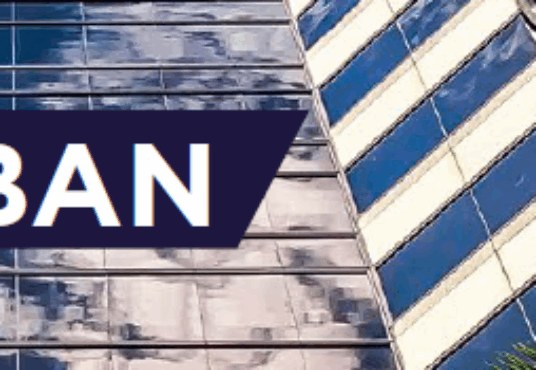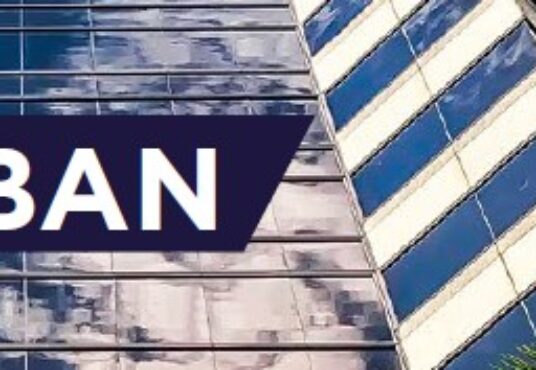The Hawaii market for retail and hotel has been and still is on an 8-year positive trend.
The Hawaii market for retail and hotel has been and still is on an 8-year positive trend. Hotel occupancy, average daily rate, visitor numbers and visitor spending have all continued to rise – bringing more visitors now than ever to the state. All four of these categories have set records for the past 6 years.
Because hotels are at an all-time high and hotel rooms and airfare are relatively expensive, total consumer spending is lower on retail shopping. With more of the visitor discretionary spending going to food, hotel and airline, retail shopping spending in Hawaii has been relatively flat. What does this mean for the market? Several things, mainly good. The Hawaii market is strong, but the changes have retailers scrambling to regroup and reframe their marketing strategies.
Airlines have been in the news lately, which will have a significant effect on the market. Southwest Airlines coming into the Hawaii market means we’re going to have more seats to Hawaii, which, in turn, means even more visitors and tourism spending. Japan Airlines brought back seats to the Big Island as of last month, which opens up another growth and expanding market on that island.
Even with these significant growth impactors, retail, by in large, is still under a lot of pressure to understand consumer patterns and respond to change. Younger generations are clicking and buying, which has had a huge impact on the market. Retailers globally are trying to differentiate where and how they connect with their consumers. The focus has hugely been on street shops where they can fully define their brand, wholesale through department stores, and online. Every brand is trying to determine how to move forward in this market and there’s a lot of uncertainty.
Nationally, the 3 rd and 4 th mall in each market is under a lot of pressure and losing tenants quickly.
Hawaii seems to be much healthier in both resort shopping and neighborhood center shopping in comparison to the rest of the United States. We see the resident side of the market staying strong, as long as construction jobs stay strong.
— Andy Starn, Retail Market Specialist with Cushman & Wakefield ChaneyBrooks
The construction industry is being defined by tourism, which creates almost full employment, supporting the economy statewide.
“We believe that the tourism of Hawaii will continue to grow for several reasons,” says Starn. “The hurricanes that have, unfortunately, devastated other destinations may add benefit to our economy in terms of increased visitors from those markets. The geopolitical uncertainty and instability internationally, and Hawaii being part of the United States, continues to maintain it as a safe destination.”
With the continued influx of visitors to Hawaii and expectancy of certain growth coupled with retailers uncertainty of the future poses interesting questions for the state of the Hawaii market. Although there is uncertainty, what this means to commercial real estate in Hawaii is that property values and lease rents continue to increase at unprecedented levels. Property values are increasing, and cap rates are shrinking because our economy is so strong. Although residential and visitor markets are strong; lease rents are only expected to increase in the best properties or best locations.
Property values across Oahu have gone up, driven by competition as everybody wants the best Hawaii properties. Joe Haas, Managing Director of Cushman & Wakefield ChaneyBrooks explains, “Hawaii is unique in that it is a tertiary investment market, but we are also a gateway market for Asian investors and Asian money.” Starn elaborates, “Hawaii may be a tertiary market, but it has the 5th strongest retail street (Kalakaua Avenue) and the 10 th strongest mall (Ala Moana Shopping Center) in the country.”
The strength of Hawaii’s market is evidenced in recent transactions, such as the Mirae and KSL purchases. The Korean company, Mirae Asset, purchased the Hyatt Regency for the 6 th highest purchase price for a hotel property in the United States ever. Denver-based KSL Capital Partners, LLC purchased the Outrigger business for an undisclosed amount, but was definitely a significant purchase for both retail and hotel.
The state of the market is shifting and evolving but retailers stay poised to adapt quickly, investing more money in marketing and market research than ever in an effort to stay at the top of their game. Haas shows his optimism, “Overall, we expect the market to continue to rise in the prime tourism markets and for the high-quality assets to grow drastically.”
The overall effect of this on the Hawaii economy is expected to continue to be positive.
In its history, ChaneyBrooks has added tens of billions of dollars to the Hawaii economy. As the newly-formed Cushman & Wakefield ChaneyBrooks looks ahead, it expects, as a result of this Cushman Wakefield alliance, to facilitate transactions that will more than double these figures – dramatically affecting and supporting local jobs for Hawaii people. With a forward focus on mass transit and affordable housing development projects, the company is committed to contribute to improving the economy as well as the quality of life for the state and people of Hawaii. Learn more about Cushman & Wakefield ChaneyBrooks at chaneybrooks.com or cushwake.com.






